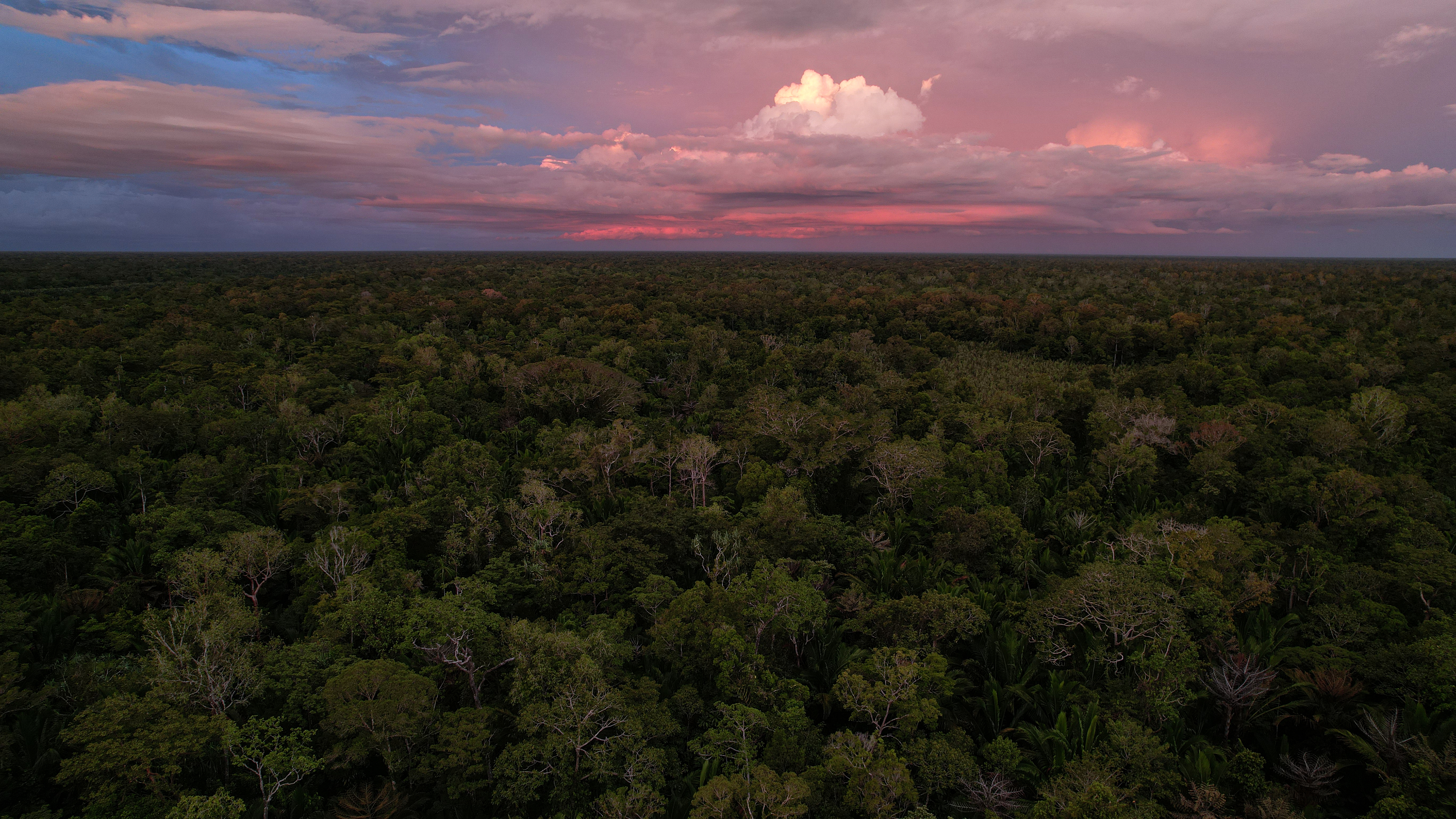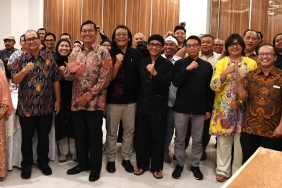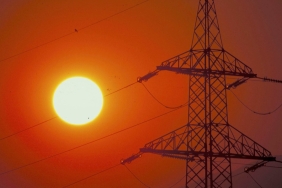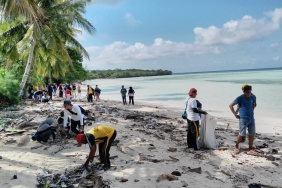Q&A ABOUT CLIMATE CHANGE CONFERENCE #COP21
From November 30 to December 11, 2015, world leaders gathered in Paris to make agreements that will greatly affect the success of efforts to address climate change. This summit is called COP21, which stands for 21st Conference of the Parties to the United Nations Framework Convention on Climate Change aka the 21st conference of countries that have ratified the UN Framework Convention on Climate Change.
As a country that has felt the adverse effects of climate change and urgently needs ways to overcome it, Indonesia is attending COP21, in the hope that agreements will be made between Indonesian delegates and delegates from other countries, to keep the planet safe from the effects of climate change.
Check out the Questions (T) and Answers (J) below to find out more about COP21 and the Indonesian government's pledges and plans to deal with climate change.
T: What is the difference between COP and UNFCCC?
J :The COP, which stands for Conference of the Parties is the highest authority of the UNFCCC (United Nations Framework Convention on Climate Change), which is a treaty between countries initiated by the United Nations and aims to tackle climate change. The COP has been held annually since 1995 and is attended by countries that join the UNFCCC, referred to as Parties to the Convention. UNFCCC has SBSTA (Subsidiary Body for Scientific and Technological Advice) and SBI (Subsidiary Body for Implementation), two bodies tasked with providing input or advice to the COP in terms of science, technology, methodology and everything related to the implementation of the convention.
T: What is Indonesia's role in COP21?
J : Along with other countries, Indonesia attended COP21 to reach a collective agreement on limiting global temperature rise to no more than 2°C. The goal of COP 21 is to reach a new international agreement on universal climate change mitigation efforts, which are agreed upon and can be implemented in all countries, to keep the earth's temperature increase below 2°C, in a flexible manner by considering the needs and capabilities of each country, balanced in terms of adaptation and mitigation, and long-term with targets that are revised regularly.
T: How is Indonesia's commitment to reducing greenhouse gas (GHG) emissions in the atmosphere?
J : Indonesia's GHG emissions were predicted to be 1,800 MtCO2e in 2005, of which 63% came from land use change and peat fires. While 19% came from burning fossil fuels. Indonesia is committed to reducing its emissions by 26% through its own efforts and 41% with international support by 2020 compared to the business as usual scenario, with economic growth of 7% per year. By 2030, Indonesia commits to reduce emission levels by 29% by its own efforts.
T: Does Indonesia have the right organizational scheme to meet the commitments promised by President Jokowi at COP21?
J : A new Directorate General of Climate Change Control (PPI) was established under the Ministry of Environment and Forestry (MoEF) to carry out operational (implementation) functions on climate change mitigation in the forestry sector, as well as coordinative (leadership) functions on climate change mitigation and adaptation across related sectors, including monitoring, evaluation, and implementation reporting, both at the national and international levels to the UNFCCC. Meanwhile, the National Development Planning Agency (Bappenas) coordinates efforts to address climate change in all sectors, by preparing the GHG National Action Plan (RAN) and RAN API (Climate Change Adaptation). Climate change programs will be driven by local governments through the Regional Environmental Agency (BLHD).
T: How can Indonesia reduce emissions in the field of forest governance?
J : President Joko Widodo has promised to implement a one map policy to reduce land tenure conflicts in Indonesia. Indonesia will also establish a moratorium and review permits for peatland utilization, and implement a Sustainable Forest Management or Sustainable Forest Management System, to reduce the rate of deforestation and forest degradation. In addition, tree planting will also be increased for carbon sequestration. Forest area security from fire and illegal logging will also be improved. Remote sensing technology to analyze carbon capture areas and land use change mapping will also be used.





